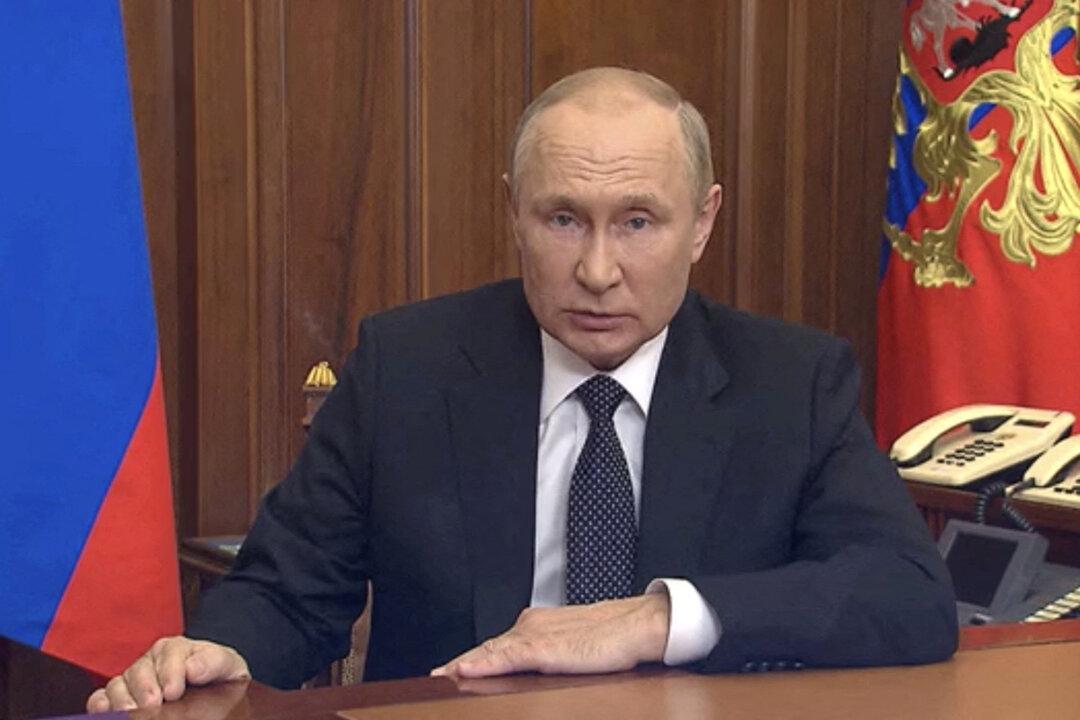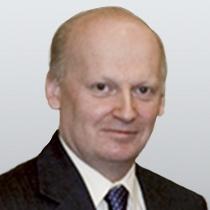Commentary
Ukraine’s two largest Western backers, the United States and the United Kingdom, have so far committed $15.8 billion and $2.6 billion, respectively, in security assistance to Kyiv, and one of Liz Truss’s first announcements as prime minister was that the UK would match that in 2023, so she isn’t expecting the war to end anytime soon.





